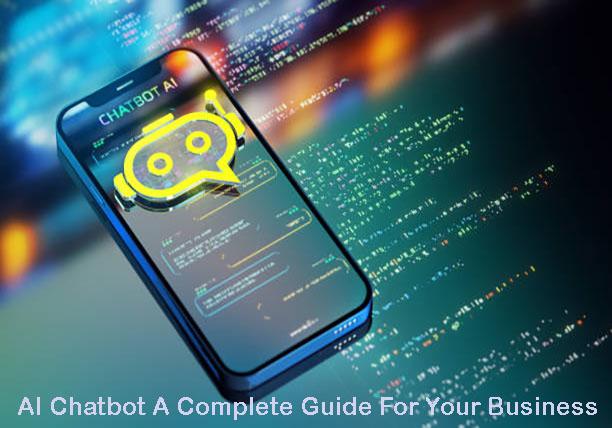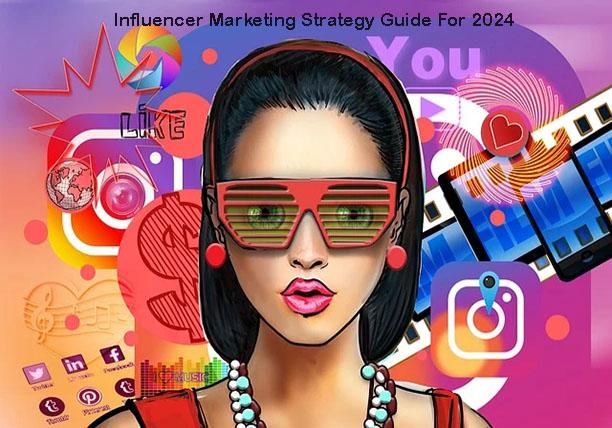Understanding the heart of your market lies at the crux of a potent Paid Advertising Strategy. In a landscape saturated with competing messages, the ability to pinpoint and connect with your real audience is not merely valuable – it’s vital. But where does this journey begin? It starts with a deep dive into the intricacies of audience identification, leveraging the rich tapestry of demographics and psychographics to paint a detailed portrait of who your customers truly are.
In this article, we’ll explore some of the key benefits of paid advertising that make it critical for modern marketers: increased visibility and traffic, improved conversion rates, flexibility in targeting and creative testing, and metrics for optimization. Whether you’re running text, display, video or native ads, paid platforms provide unmatched opportunities for customer acquisition and revenue growth.
What Is Paid Advertising?
Paid advertising is a marketing model where brands pay to show ads to their target audiences.
And while paid advertising can also refer to TV or radio ads, most people use this term to describe internet-based ads.
Paid advertisements mostly work on an auction system.
Advertisers bid against each other for ad space on platforms like Google Ads or Meta ads. The platforms’ algorithms determine whose ads are shown and when.
Understanding Your Target Audience
Before diving into paid advertising, it’s crucial to define your ideal customer. Understanding their demographics, interests, behaviours, and pain points will help you create highly targeted campaigns.
- Create detailed buyer personas: Develop fictional representations of your ideal customers to guide your marketing efforts.
- Conduct thorough market research: Identify your target audience’s online behaviour, preferences, and platforms.
- Utilize customer data: Analyze customer data to refine your target audience segmentation.
Choosing the Right Platforms
With numerous advertising platforms available, selecting the right ones for your business is essential. Consider the following factors:
- Target audience demographics: Where does your target audience spend their time online?
- Campaign goals: Are you aiming for brand awareness, lead generation, or sales?
- Budget: Determine how much you can allocate to paid advertising.
Popular paid advertising platforms include:
- Google Ads: Reach customers actively searching for products or services.
- Facebook Ads: Connect with a vast audience through various ad formats.
- Instagram Ads: Leverage visually appealing content to engage users.
- LinkedIn Ads: Target professionals and decision-makers.
- TikTok Ads: Reach a younger demographic through short-form video content.
Crafting Compelling Ad Copy
Your ad copy is the first impression you make on potential customers. It should be persuasive, concise, and relevant to your target audience.
- Write strong headlines: Grab attention with compelling and benefit-driven headlines.
- Highlight unique selling points: Communicate what sets your product or service apart.
- Include a strong call to action: Encourage users to take the desired action (e.g., click, purchase, sign up).
- Test different ad variations: Experiment with different ad copy, visuals, and targeting options to optimize performance.
Leveraging Visuals
Visuals play a crucial role in capturing attention and conveying your message effectively.
- Use high-quality images and videos: Create visually appealing ads that resonate with your audience.
- Optimize image size and format: Ensure your visuals load quickly and display correctly on different devices.
- Consider using storytelling: Tell a compelling story through visuals to connect with your audience emotionally.
Setting Clear Goals and Tracking Performance
Define specific and measurable goals for your paid advertising campaigns. This will help you track progress and make data-driven decisions.
- Set clear objectives: Determine what you want to achieve with your campaigns (e.g., website traffic, leads, sales).
- Track key performance indicators (KPIs): Monitor metrics like click-through rate (CTR), conversion rate, and return on investment (ROI).
- Utilize analytics tools: Analyze campaign data to identify trends and optimize performance.
Continuous Optimization
Paid advertising is an ongoing process that requires constant optimization. Regularly analyze your campaign performance and make adjustments as needed.
- A/B testing: Experiment with different ad variations to identify the most effective elements.
- Keyword optimization: Refine your keyword strategy based on search trends and performance data.
- Audience refinement: Continuously refine your target audience to improve ad relevance.
- Budget allocation: Adjust your budget distribution across different campaigns and ad groups.
The Benefits of Paid Advertising
aid ads form part of the most important channels in your digital marketing strategy but they need to be used accurately to see results and convert leads into customers.
Here are some benefits of using paid advertising:
💰The ads are affordable
Paid advertising is an affordable way to advertise or remarket your products or services to the right audience. It’s also easy to keep track of how much money is being spent and to avoid overspending on ads, you can set a budget limit on your ad spend.
📊The ads are measurable
All paid advertising platforms offer users enough data to analyze the performance of the ads for users to make decisions on whether or not the ads are working.
📢Helps promote brand awareness
Most types of paid advertising can be used to promote your brand. Creating brand awareness helps your audience become familiar with your products and services by placing them on popular channels such as Google and Facebook, helping you keep up with the competition.
🎯Ads are targeted to a more specific audience
When creating ads across paid advertising platforms, you need to target the ads to an audience that will result in the ads being clicked on. These audiences are fine-tuned over time but for paid advertising to be effective, properly defining this target audience is crucial!
♻️Prospects are more likely to re-engage with your products or services
Using remarketing or retargeting ads in your paid advertising strategy allows you to re-engage with prospects who have previously visited your website. The timing and relevance of these ads will be what turns prospects into customers.
📈Easier to rank when compared to organic search
Paid advertising is a must-have for small startup businesses as this form of advertising increases traffic to the website. Websites take some time to rank organically, whereas paid ads provide you with the opportunity to appear higher on search engines from the start.
Final Thoughts: Tapping into the Benefits of Paid Advertising
As platforms continue enhancing options for specific targeting, creative personalization, and cross-channel measurement, now is the time for brands to tap into paid advertising’s full potential. When combined strategically with organic efforts within a comprehensive digital marketing plan, paid media offers an adaptable way to reach valuable audiences and achieve tangible ROI.
From prospecting cold audiences to retargeting previous site visitors closer to conversion, data-driven paid ads help savvy marketers activate their first-party data across channels. Whether launching awareness campaigns or optimizing for higher-funnel events, a tested paid framework also enables agility in driving outcomes amid marketplace changes. By leveraging paid ads unique flexibility and measurement capabilities, forward-thinking brands can stay ahead of the curve.
Are you ready to take your paid advertising strategy to the next level? We at GoHelp Digital would love to hear about your experiences, challenges, and questions. .


